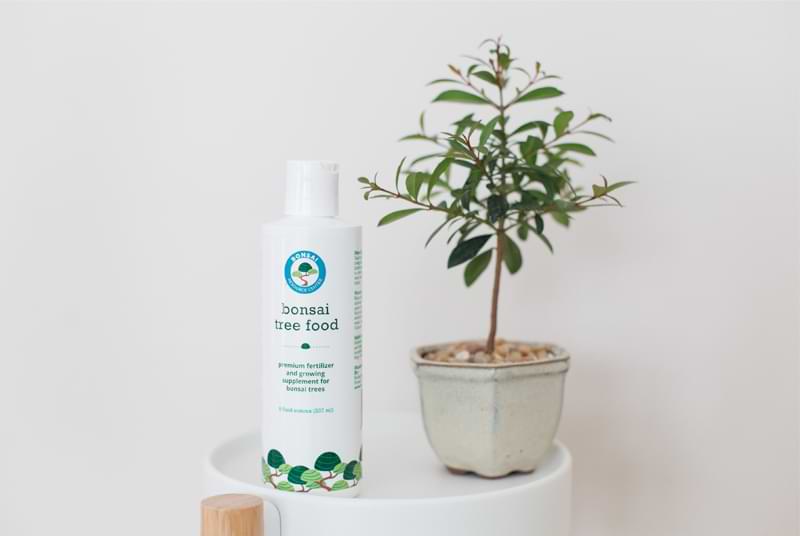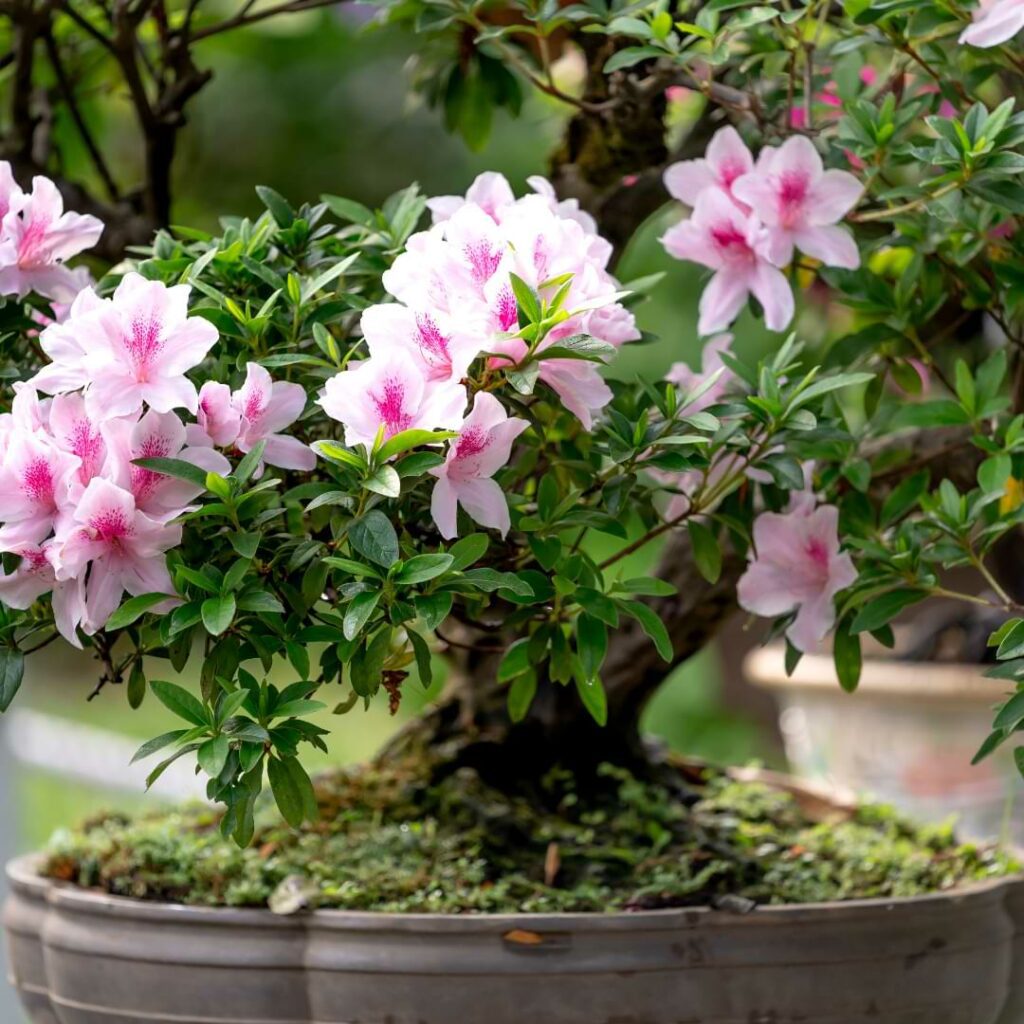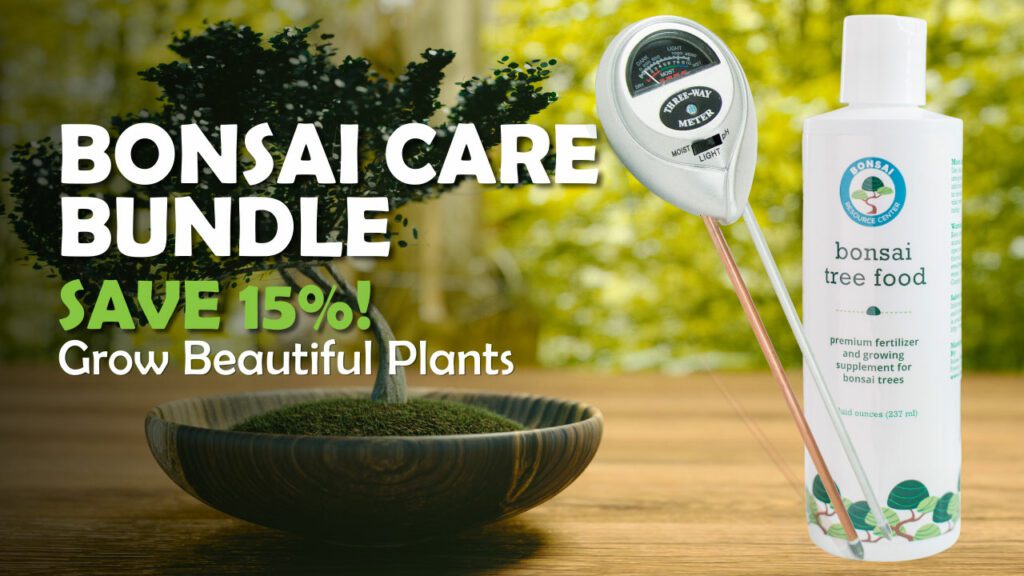The Hibiscus Bonsai tree is a beautiful and unique plant that can make a great addition to any home. While they may require a bit of extra care and attention, the results are definitely worth it! In this article, we’ll go over everything you need to know about Hibiscus Bonsai tree care.
Why Hibiscus Makes a Good Bonsai
Hibiscus makes a good bonsai for several reasons. First, it has small, shiny leaves that are good for creating the desired shape. Second, it flowers often and abundantly, making it a beautiful addition to any room or garden. Third, it is relatively easy to care for, as long as you keep an eye on the watering and fertilizing schedule.
If you’re thinking of adding a hibiscus bonsai to your collection, be sure to read up on proper care instructions. With a little bit of effort, you’ll be rewarded with a beautiful and long-lasting plant.
How To Bonsai A Hibiscus
There are many different varieties of hibiscus, and they can be both indoor and outdoor plants. When bonsai-ing a hibiscus, it’s important to choose a variety that is suitable for your climate.
Hibiscus are tropical plants, so they need lots of sun and warmth to thrive. If you live in a colder climate, you’ll need to bring your hibiscus indoors during the winter months. They also like humid conditions, so be sure to mist them regularly or set them on a pebble tray filled with water.
Prune your hibiscus regularly to keep it small and compact. You can prune off any dead or damaged leaves or stems as well. Pinch back the tips of new growth to encourage branching.
When watering your hibiscus, be sure to water deeply and allow the soil to dry out somewhat between waterings. Hibiscus are susceptible to root rot, so it’s important not to over-water them.
Fertilize your hibiscus every couple of weeks with a balanced fertilizer formulated for bonsai trees. Or, consider trying our Bonsai Plant Food. Use our Bonsai Plant Food for your bonsai tree every time you water it, like a multi-vitamin for your tree!
Selecting A Tree
When it comes to choosing a hibiscus bonsai tree, there are a few things you need to take into account. The first is the size of the tree. You need to make sure that the tree you choose is not too big or too small for your space.
The second is the climate. Hibiscus trees are tropical plants, so they need a warm, humid climate to thrive. If you live in a cold climate, you’ll need to take your tree indoors during the winter months. The third is the amount of sunlight your tree will need. Hibiscus trees need at least six hours of sunlight per day to thrive.
Dwarf Hibiscus
Dwarf Hibiscus, or Hibiscus rosa-sinensis, is a popular plant for bonsai. It is easy to care for and has beautiful flowers. The hibiscus is native to Asia and the Indian subcontinent. It was introduced to Europe in the 18th century and has been cultivated in gardens since then.
The hibiscus can be grown outdoors in USDA hardiness zones 9-11. In cooler climates, it can be grown as a houseplant. The hibiscus needs full sun to partial shade and well-drained soil. It should be fertilized regularly during the growing season.
To encourage flowering, pinch back the tips of the stems in late spring or early summer. Hibiscus flowers are short-lived, but the plant will continue to bloom throughout the summer if the spent
Hibiscus Syriacum (Rose of Sharon or Purple Hibiscus)
If you’re looking for a stunning bonsai tree that will really make a statement, the Hibiscus Syriacum, or Rose of Sharon, is a great choice. This beautiful plant is native to Asia and has been cultivated for centuries. The Rose of Sharon is known for its large, showy flowers, which can be purple, pink, or white.
The Hibiscus Syriacum is a deciduous tree, meaning it will lose its leaves in winter. However, the Rose of Sharon is still an excellent choice for indoor bonsai. With the proper care, your Hibiscus Syriacum can thrive indoors and provide you with years of enjoyment.
Hibiscus Sinensis (Chinese Hibiscus)
This Hibiscus species is originally from China and is now widely cultivated in tropical and subtropical regions around the world. The Chinese Hibiscus is a popular choice for bonsai due to its attractive flowers and small leaves.
The Hibiscus Sinensis prefers bright sunlight and should be watered regularly. Allow the soil to dry out slightly between watering.
Branch pruning should be done after flowering. The Chinese Hibiscus can be shaped into any style of bonsai.
Growing Hibiscus Tree Bonsai From a Cutting
A great way to get many Hibiscus trees is from cuttings of a current, healthy tree. This method can give you many new plants and can allow you to clone your favorite ones.
How To Take A Hibiscus Cutting
Taking a hibiscus cutting is a great way to propagate your plant and create a new hibiscus bonsai tree. It’s easy to do and only takes a few minutes. Here’s how:
- Choose a healthy hibiscus plant that has good growth. Make sure the plant is free of pests and diseases.
- Cut a 4-6 inch stem from the plant using sterile scissors or shears, making sure to include a leaf node (where the leaves attach to the stem).
- Place the cutting in a glass of water and put it in a sunny spot.
- Change the water every few days and wait for roots to form (this usually takes 1-2 weeks).
- Once the roots are about an inch long, you can transplant the cutting into potting soil. Keep the soil moist but not wet, and fertilize monthly.
Your new hibiscus bonsai tree should start to bloom within 6-12 months!
Hibiscus Bonsai Care & Maintenance
If you’re thinking about adding a hibiscus bonsai tree to your indoor gardening collection, you’ll need to know a little bit about proper care for these delicate plants. With the right amount of water, light, and fertilizer, your hibiscus bonsai will thrive and bloom for years to come.
When it comes to watering, hibiscus bonsai trees prefer to be kept on the drier side. Allow the top layer of soil to dry out completely before watering again. These plants are native to tropical climates and can tolerate some humidity, so misting with a spray bottle is also beneficial.
Hibiscus bonsais need bright, indirect sunlight in order to flourish. A south-facing window is ideal, but if you don’t have one available, you can also use artificial grow lights. Be sure to rotate your plant every few days so that all sides evenly receive light.
Fertilize your hibiscus bonsai tree every two weeks during the growing season with a balanced fertilizer diluted to half strength. Hibiscus plants are heavy feeders, so don’t be afraid to give them a little extra fertilizer if they seem like they could use it.
Soil
Your plant’s soil is very important. This type of tree does best in a sandy loam soil that is well-draining. Be sure to check the drainage of your soil before planting or repotting your Hibiscus Bonsai Tree. If the drainage is not good, the roots will rot and the tree will die.
Position & Temperature
The Hibiscus Bonsai tree should be positioned in an area that receives full sun. If you live in a colder climate, it’s important to bring the tree indoors during the winter months. When positioning the tree outdoors, make sure that it’s in a well-ventilated area.
Water
Watering your hibiscus bonsai tree is critical to its health and growth. The frequency of watering will vary depending on the climate and season, but as a general rule, you should water your hibiscus bonsai tree every day.
If the leaves of your hibiscus bonsai tree start to droop, that is a sign that it is thirsty and needs water immediately. Be sure to check the soil before watering to make sure it is dry; if it is still moist, wait until the soil has dried out before watering again.
Over-watering can be just as harmful as not watering enough, so be sure to not water your hibiscus bonsai tree more than necessary. If the leaves start to turn yellow or brown, that is a sign of overwatering and you should cut back on your watering schedule.

Fertilizing
Fertilizing is an important part of hibiscus bonsai tree care. The best time to fertilize is during the growing season, which is typically from spring to fall. During this time, your tree will need extra nutrients to support new growth.
There are a few different ways to fertilize your hibiscus bonsai tree. You can use a liquid fertilizer that you mix with water and apply to the soil around your tree. You can also use a slow-release fertilizer that you mix into the soil before planting your tree.
My favorite fertilizer is our Bonsai Tree Food that allows me to give my bonsai tree extra nutrients every time I water it. It’s formulated to be just the right amount for every day watering.
Flowers
The flowers on your bonsai Hibiscus tree are not only beautiful, they will also let you know if your plant is healthy or not. A healthy plant will readily give off many flowers, whereas an unhealthy one will hardly flower at all. To promote flower growth, make sure your tree’s environment is good, it’s getting enough nutrients, and enough sunlight.
Pruning & Training
Pruning your Hibiscus Bonsai tree is an important part of its care. This helps to maintain the tree’s shape and can also encourage new growth. When pruning, be sure to use sharp, clean pruning shears. Make cuts at a 45-degree angle, just above a leaf node. You can prune your Hibiscus Bonsai tree as often as needed, but be careful not to over-prune, as this can damage the tree.
Hibiscus Bonsai FAQ
Do you have questions about growing hibiscus bonsai? You’re not alone! Here are some of the most frequently asked questions about hibiscus bonsai care, answered by our experts.
Q: What type of pot should I use for my hibiscus bonsai?
A: A well-draining pot with plenty of holes in the bottom is ideal. Hibiscus roots are very sensitive to overwatering, so make sure the pot you choose will allow excess water to drain away quickly.
Q: What kind of soil should I use?
A: A mix of Akadama and pumice or lava rock works well. This mix will provide good drainage while still retaining some moisture.
Q: How often should I water my hibiscus bonsai?
A: Water when the top inch or so of soil is dry. Be careful not to overwater – hibiscus roots are very sensitive to wet conditions and can quickly rot if they stay too wet.
Q: Should I fertilize my hibiscus bonsai? If so, how often?
A: Yes, your tree will always benefit from fertilizer. If you choose to use a traditional fertilizer, every month is generally the rule. If you use an everyday fertilizer, you can add some every time you water your tree.
Final Thoughts: Hibiscus Bonsai Tree Care
Here are a few final tips for caring for your hibiscus bonsai tree:
- -Make sure to water regularly, as hibiscus plants need lots of moisture to stay healthy.
- -Fertilize monthly using a balanced fertilizer.
- -Prune regularly to encourage new growth and maintain the desired shape of your tree.
- -Protect your plant from extreme temperatures, as hibiscus trees are not frost tolerant.
By following these simple tips, you can enjoy your hibiscus bonsai tree for many years to come!
Bonsai With Us!
The Bonsai Resource Center is here to help you learn about all things bonsai and provide you with the tools you need to keep your plant healthy and strong. Explore our other articles, visit our online shop, and connect with other bonsai lovers in our Facebook group to learn everything you need to know about this rewarding hobby!



